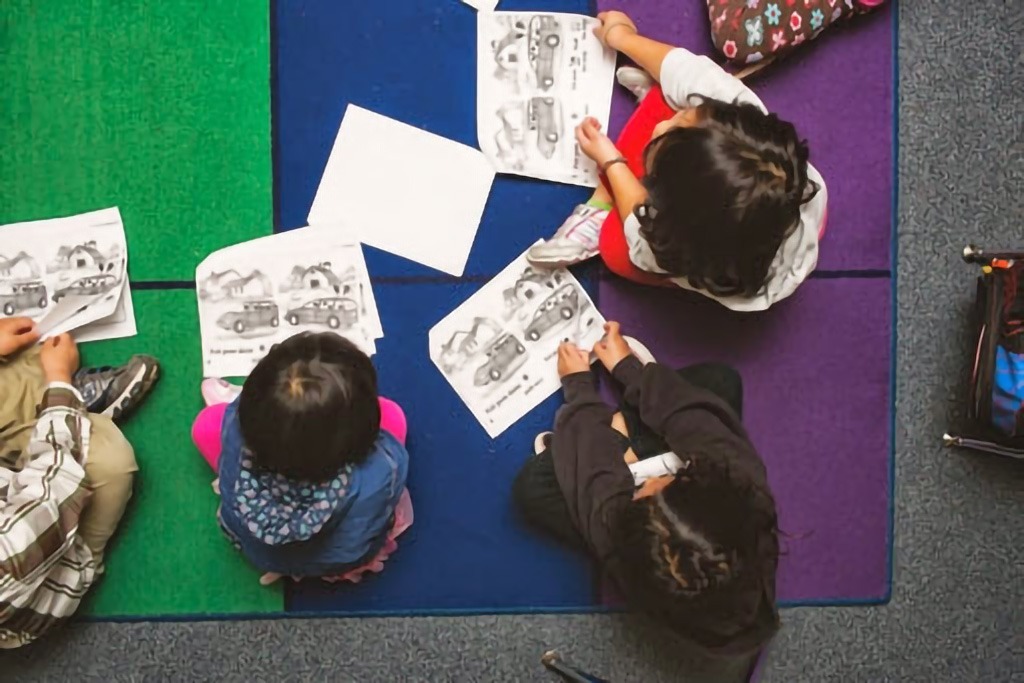
Hmong History in America

The first wave of Hmong immigrants arrived between 1975-1980. A second wave of immigrants arrived between 1980-2003. The Hmong settled into America with the largest communities in southern California, the Twin Cities in Minnesota, and Wisconsin with smaller pockets in Michigan and North Carolina. Like all immigrant groups, the Hmong had their share of challenges as well as their victories assimilating into American life. Language was the greatest challenge. The vast majority of Hmong could not speak English. Learning English was difficult for most Hmong. Education was a foreign concept. In Laos, the opportunity to be educated was rare. Most had never even held a pencil and a piece of paper much less been inside of a classroom. Fortunately, the Hmong had help. Many of the NGOs (Non Governmental Organizations), primarily Christian churches, that sponsored Hmong families over to the United States continued to provide assistance.
The Hmong were qualified for social welfare programs, job placement programs, and ESL classes. Hmong children were placed into schools to begin their education. In 1977, under the leadership of General Vang Pao, the first Lao Family Community Based Organization was established in Santa Ana, California. In subsequent years, Lao Family Community would be established all over the United States in various Hmong communities to assist with assimilation process. Despite its recent issues, Lao Family had many great accomplishments, including assisting Hmong refugees and creating greater community awareness of the Hmong. Through community based organizations like Lao Family and others, Hmong New Years and annual summer festivals featuring soccer tournaments and other sports became established events. Today, the calander is peppered with Hmong summer festivals and New Years gatherings starting in October through December.
Large Hmong community events draw tens of thousands of people over the course of a weekend and fill huge venues like the Metro Dome in Minneapolis. Assimilation did not come easy. Many Hmong youth grew up feeling trapped between cultures. They were not fully American. Yet, they did not feel fully Hmong. In the early years of re-settlement to America, many Hmong youth found it most difficult to be accepted into American society. In the 1980’s in large Hmong communities, like so many immigrant groups before them, many young Hmong men and boys formed into Hmong street gangs. They dealt in small time racketeering, auto theft, drugs, human trafficking (often of young Hmong girls who were runaways), and armed robbery (often from elderly Hmong who lived in their neighborhoods). However, the gangs also proved to be extremely violent. Often gang battles took place in public arenas like the July 4th Sports Tournament in St. Paul, MN, or the New Years Celebration in Fresno, CA.
The violence culminated in several deaths and injuries throughout the 1990’s at various Hmong gatherings. Coordinated efforts by local law enforcement along with the FBI proved successful in quelling Hmong gang activity. While Hmong gangs still exist, the atmosphere within the Hmong community is not as it was during those days in the late 80’s and 90’s. Other issues came with re-settlement to America. Hmong parents wanted Hmong children. They wanted children who could speak Hmong, understand Hmong culture, and show them proper respect at home. However, the children were growing up Hmong at home but American at school. The American culture was instilling independence, individuality, and the desire to have fun. Meanwhile the Hmong culture stressed family, discipline, and education. The great culture clash led to much familial strife and discord in many Hmong homes.
Other issues such as the lack of education, the trap of social welfare programs, and teen marriages plagued Hmong communities and retarded the development of the Hmong as a whole. Those who perservered were better for it. Over the past 35 years, the Hmong have made great strides. Even though recent studies show the Hmong lag behind other Asian sub-groups in education level and socio-economic status, tens of thousands of Hmong have become educated. Many have earned high school diplomas or GEDs and moved on to college level degrees. Several hundred have even obtained Master’s level and Doctorate level degrees. The Hmong have put their education to use in a variety of fields from business to law to medicine to all of the technical fields. The Hmong have even engaged the American political process. Engaging the political process within a generation is rare among immigrant groups. However, the Hmong have had a measure of success at the state and local levels.
In 2001, Mee Moua (Mim Muas) became the first Hmong woman to be elected as a state senator in Minnesota. In 2003, Cy Thao (Xais Thoj) was elected as a state representative in Minnesota. Others rose to become city council members in various cities with large Hmong populations, including Blong Xiong (Nplooj Xyooj). In 2012, Xiong generated much interest within the Hmong community. As a city councilman in Frenso, CA, Xiong ran for California’s 21st Congressional District. Although Xiong did not succeed, his attempt showed the Hmong community the vast possibilities in America.





Responses